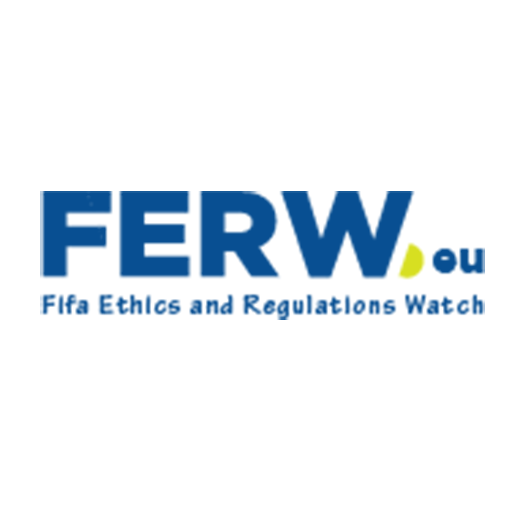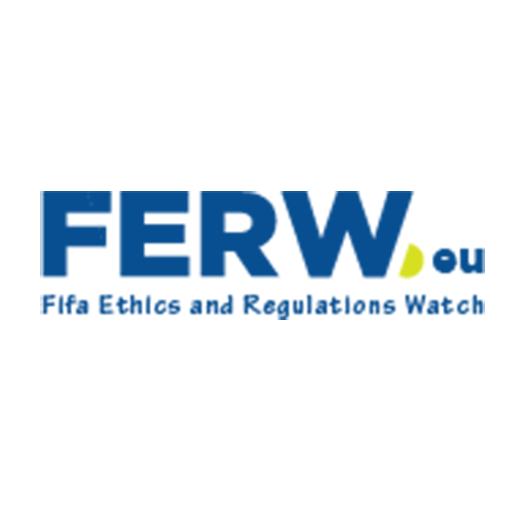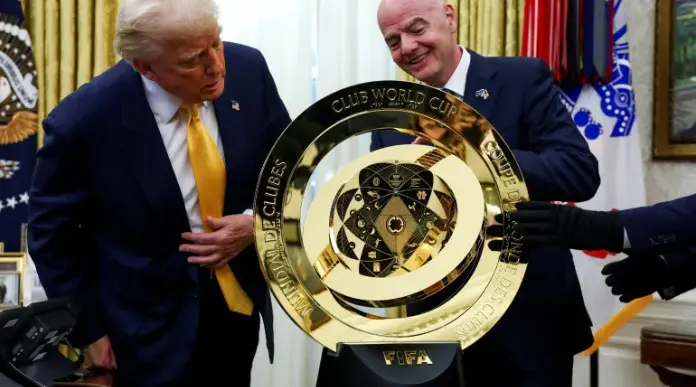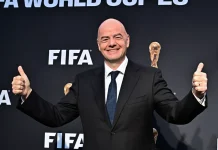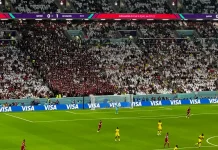In 2025, FIFA’s growing authority over international football has reignited a global debate: is the organization a necessary global regulator or an unchecked monopoly? With sweeping regulatory reforms under the Interim Regulatory Framework on the Status and Transfer of Players (RSTP), FIFA has solidified its influence over contracts, transfers, and disputes in football. While the centralization of power offers benefits such as rule standardization and legal modernization, it also raises significant concerns about transparency, accountability, and the risks of monopolistic control. As football continues to globalize and commercialize, the tension between effective governance and fair competition has come to define FIFA’s role on the world stage.
Centralized Control Through FIFA’s Regulatory Framework
Global Standardization and Legal Alignment
FIFA’s Interim Regulatory Framework on the Status and Transfer of Players, introduced in 2025, underscores the organization’s ambition to standardize football governance globally. The framework governs player mobility, outlines contract terms, and sets procedures for dispute resolution across all 211 member associations. By aligning these rules with broader international legal principles—especially those of the European Union—FIFA aims to enhance legitimacy and harmonize legal practices across jurisdictions.
This degree of regulatory consistency has contributed significantly to the sport’s integrity. It ensures that all players and clubs, regardless of geographic or economic background, operate under a shared legal code. Such standardization has been credited with stabilizing transfer markets and improving stakeholder protections, thereby attracting greater commercial investment in the sport.
Streamlined Dispute Resolution Mechanisms
FIFA’s framework also aims to simplify conflict resolution through clear, centralized processes. The codification of “just cause” for contract termination and reformed compensation mechanisms introduces a more objective approach to handling contractual disagreements. This structure is intended to reduce litigation and arbitral inconsistencies, allowing disputes to be settled more efficiently and fairly across the globe.
Monopoly Concerns and Concentration of Power
Marginalization of Smaller Stakeholders
Despite the benefits of centralized governance, FIFA’s extensive control has prompted accusations of monopolistic behavior. Smaller football associations, lower-tier clubs, and independent players often lack the legal and financial resources to navigate FIFA’s complex regulatory systems. These entities can be disproportionately affected by rules crafted without their input, leading to marginalization within the global football economy.
Critics argue that FIFA’s dominance over transfer markets, disciplinary systems, and player eligibility rules suppresses alternative governance models and stifles regional innovation. By consolidating authority at the top, FIFA’s structure risks creating an imbalanced power dynamic that favors well-resourced institutions while sidelining those most in need of supportive governance.
Transparency and Past Scandals
FIFA’s concentration of power also magnifies concerns about transparency and accountability. The organization’s history of corruption scandals and governance failures has cast a long shadow over its current reform efforts. Unlike national regulators subject to democratic scrutiny, FIFA operates as a private association with limited external oversight, making it harder to detect and deter abuses of power.
The temporary suspension of certain disciplinary provisions in the 2025 RSTP highlights this challenge. While intended as a review mechanism, it has fueled skepticism about whether FIFA is prioritizing adaptability or shielding itself from scrutiny. Without robust checks and balances, reforms can appear as self-serving or reactive rather than proactive and community-driven.
Economic Impacts of FIFA’s Regulatory Decisions
Influence on Transfer Markets and Club Finances
FIFA’s regulations carry enormous economic weight, directly influencing how clubs operate and invest. By defining terms of contract termination and determining compensation structures, FIFA effectively shapes the global transfer market. These rules can determine player mobility, affect salary negotiations, and influence club valuation.
Large clubs, particularly those in Europe, tend to benefit from these rules due to their ability to comply and negotiate from a position of strength. Conversely, clubs in developing regions may struggle to retain talent or secure fair compensation, reinforcing economic disparities within football. This uneven impact raises questions about whether FIFA’s global standards truly serve all stakeholders or primarily protect elite interests.
Market Dynamics and Player Representation
The centralization of regulatory power can also skew market dynamics. Agents, players’ unions, and independent associations have voiced concerns about being excluded from key decision-making processes. Without inclusive representation, rule-making risks becoming detached from the realities faced by the people most affected by those rules.
For example, the codification of “just cause” may provide clarity, but without input from player advocates, it could unintentionally favor clubs in employment disputes. Ensuring that new regulations are not only legally sound but socially equitable requires a more participatory governance model.
Global Governance vs. Private Monopoly: A Wider Sports Debate
Lack of Democratic Oversight
The question of whether FIFA operates as a global regulator or a monopolistic entity ties into broader concerns about the governance of international sports. Unlike public regulatory bodies, FIFA is governed by internal statutes, committees, and executives not directly accountable to national governments or public institutions. This structure limits democratic oversight and raises ethical questions about how authority is exercised in one of the world’s most popular sports.
Calls for reform have included suggestions for independent regulatory bodies or greater stakeholder participation, including players, fans, and civil society. These proposals aim to diversify governance and counterbalance the risks posed by centralized power.
Balancing Authority with Accountability
As FIFA expands its influence, it must also enhance transparency and adopt more robust accountability mechanisms. Creating advisory panels, publishing detailed reports, and involving neutral third parties in oversight could help rebuild trust and ensure that reforms serve the broader football community—not just its commercial elite.
Conclusion: Navigating FIFA’s Dual Identity in Global Football
FIFA’s 2025 regulatory reach captures the paradox at the heart of global sports governance. On one hand, the organization’s central authority allows for standardized rules, legal modernization, and improved dispute resolution. On the other, its sweeping control and limited oversight raise legitimate fears about monopolistic practices, unequal treatment, and democratic legitimacy.
The future of football governance will depend on how effectively FIFA balances its dual role as both a global regulator and a powerful market actor. Ensuring that its reforms are not only comprehensive but inclusive and transparent will be crucial. As FIFA continues to shape the sport’s legal and economic landscape, the need for fair, participatory, and accountable governance has never been more urgent.
In a world where the line between regulation and control grows increasingly blurred, FIFA’s challenge is clear: lead with integrity, govern with fairness, and open its doors to the diverse voices that define the beautiful game.
